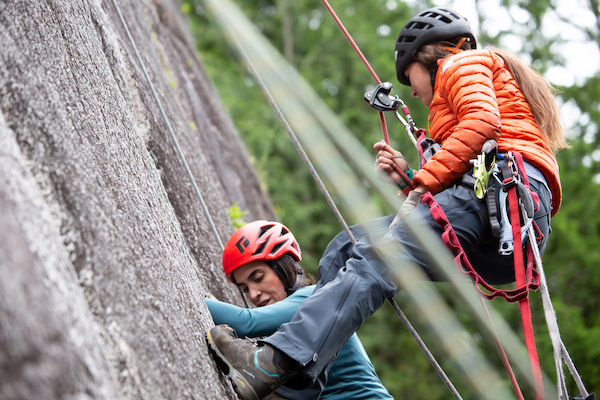Kristina Pattison - Rolling Your Hip Flexors

Routine mobility work provides noticeable results and pays dividends in performance and recovery time.
- - -
When allowed a full range of motion, muscles can work more effectively, the body responds more readily to variable terrain, significantly reducing a runner's risk of injury as a result.
The muscles that are most often detrimentally shortened and/or stiffened in runners are the hip flexors at the front of the hip and thigh—muscles such as the tensor fascia latae (TFL) that bring the knee toward the chest—and the knee extensors at the front of the thigh—the quadriceps that straighten the knee and help to flex the hip. These muscles become stiff with repetitive use, then often stay in a shortened position with extended sitting at work or home.
Rolling muscles with a lacrosse or tennis ball, or a foam roller helps improve tissue tension by allowing the tissue to relax and soften. The deep pressure sends a signal to the system that the muscle needs to relax and conform to the applied pressure, or it will get damaged. After rolling, the relaxed muscle will respond well to static stretching to restore the functional length of the muscle, allowing the joints to move through their full range.
For more information on hip mobility stretches and strengthening through range see:
Rolling the Quads
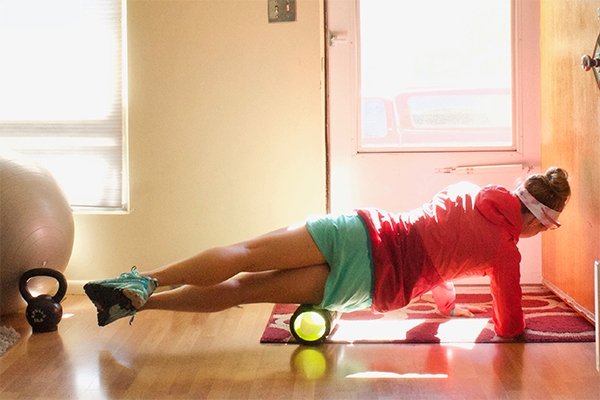
With the elbows supporting your body weight, rest your lower body on the foam roller. Place as much body weight onto the roller as is tolerable, and slowly work the pressure up and down the muscle belly.
Tip: Start at the side or front of the quad, then take a couple passes on the outside and front of the thigh, to reach all four bellies of the dense quadricep muscle.
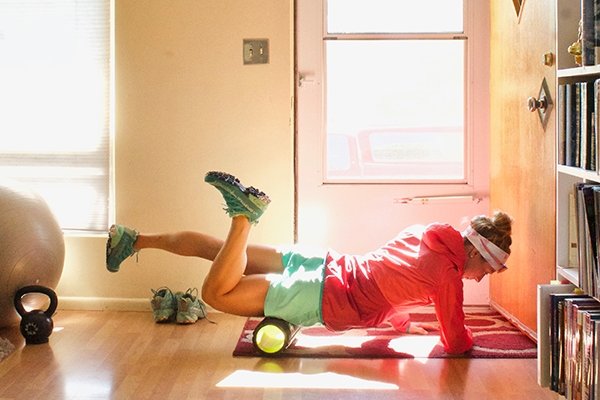
Tip: When you reach an area with intense tissue tension, pause and slowly bend and straighten the knee to change the length of the muscle and adjust the pressure until you feel the muscle start to soften.
Rolling the Hip Flexors—TFL
Above the rectus femoris—one of the quad muscles addressed above—there is another hip flexor at the front/side of the hip that can be accessed through rolling, the tensor fascia latae (TFL). Often overused as a hip stabilizer, the short muscle tenses the iliotibial band (IT band) that connects the hip to the lower leg. When this IT band tensioner becomes stiff or short, runners often suffer knee or hip pain. To roll this muscle, use a tennis or lacrosse ball for more focal pressure.
With the elbows supporting your body weight, rest the front/side of the hip on the ball. Place as much body weight onto the ball as is tolerable and begin rolling slowly.
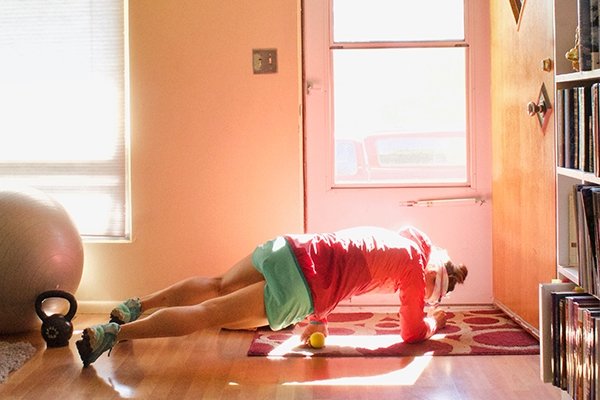
Tip: Start lying on the side to access the posterior fibers of this thick, band-like muscle. Slowly work the ball toward the front of the muscle by turning toward the floor, to access the anterior fibers.
With your weight resting on the ball, pressure can be increased by lifting the leg off the floor, or adjusted by rotating the thigh toward the floor.
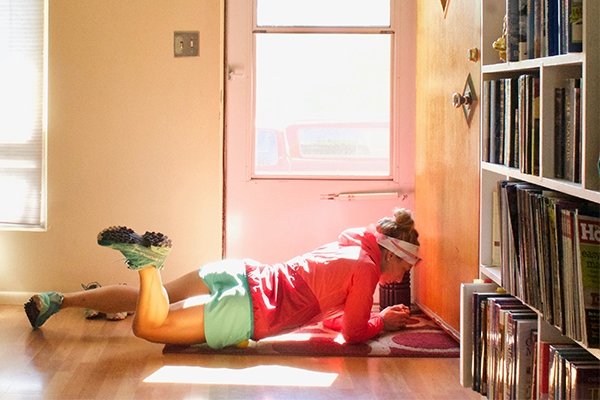
Photos: ©Kristina Pattison
- - -
ABOUT THE AUTHOR
 KRISTINA PATTISON is a member of the La Sportiva Mountain Running® Team.
KRISTINA PATTISON is a member of the La Sportiva Mountain Running® Team.
- - -





